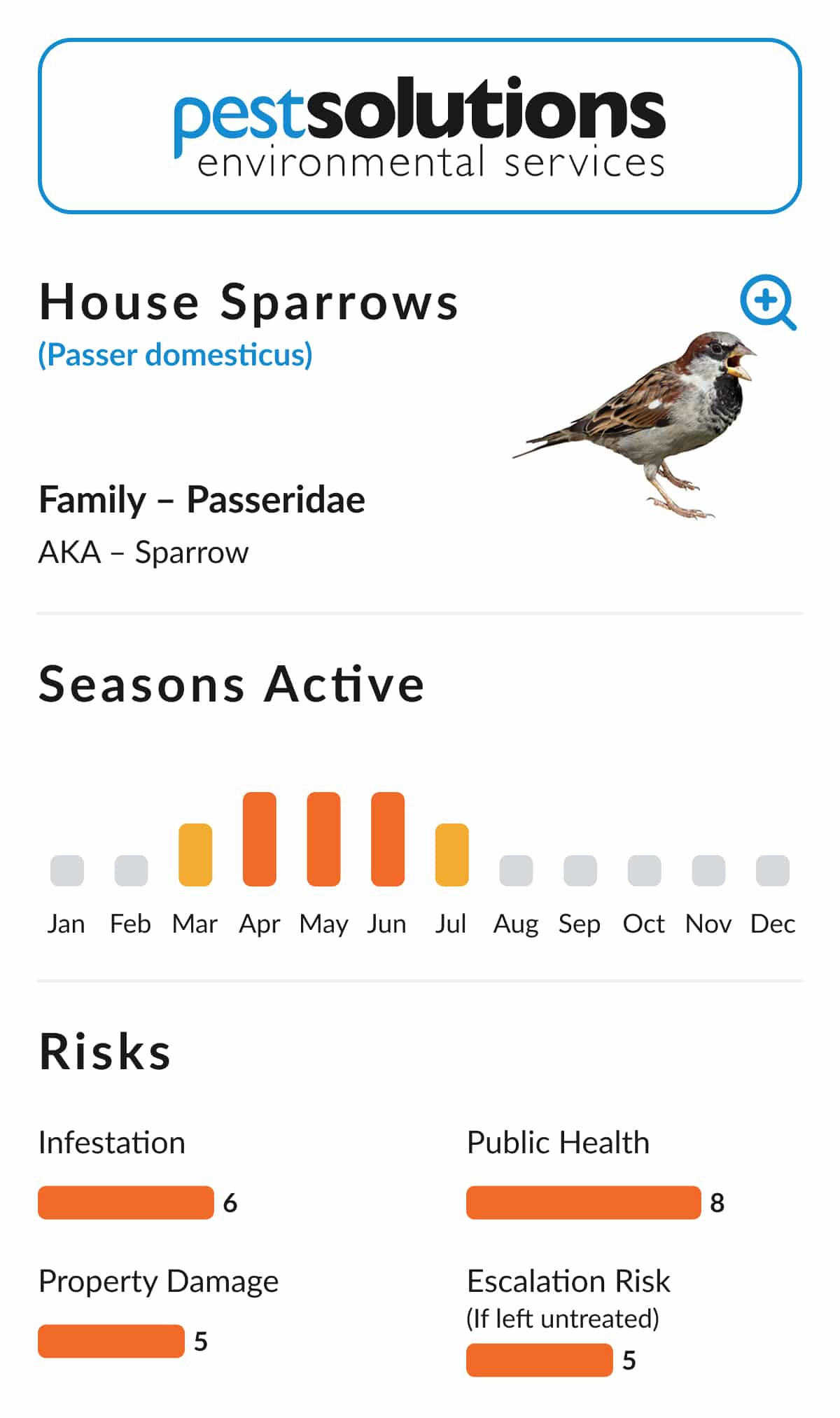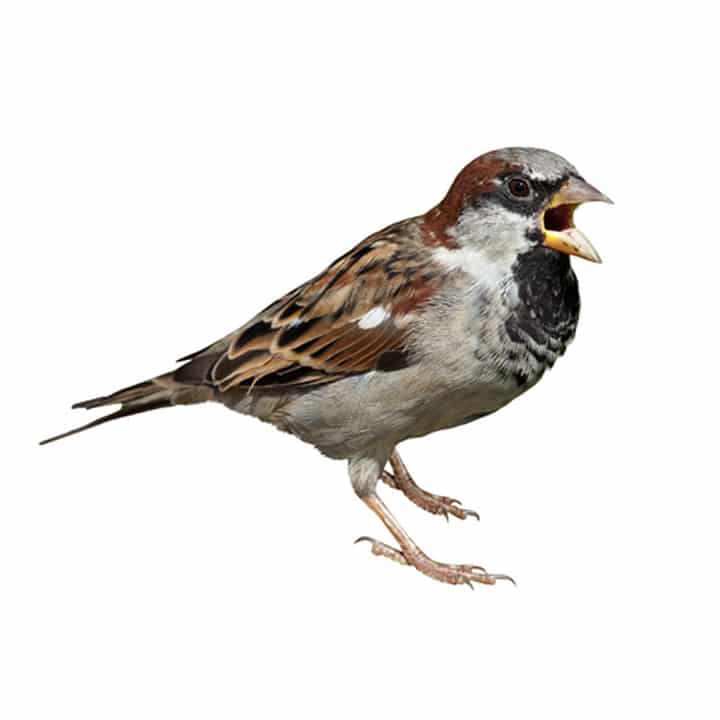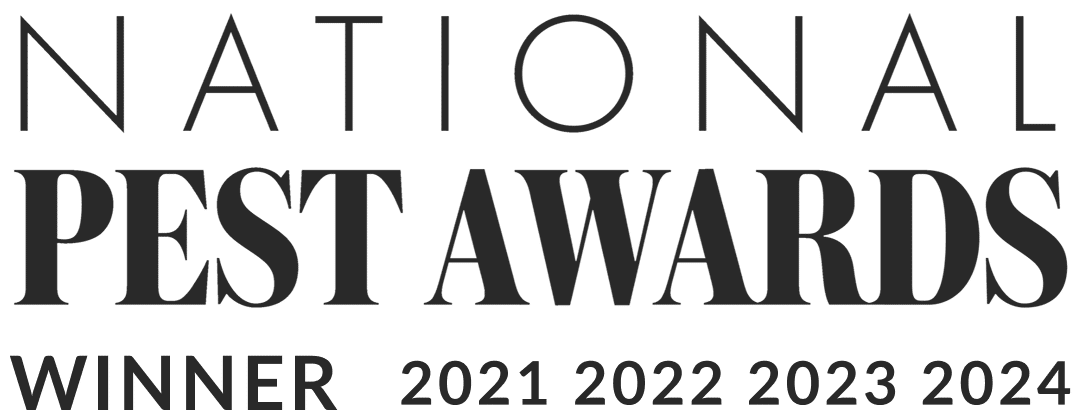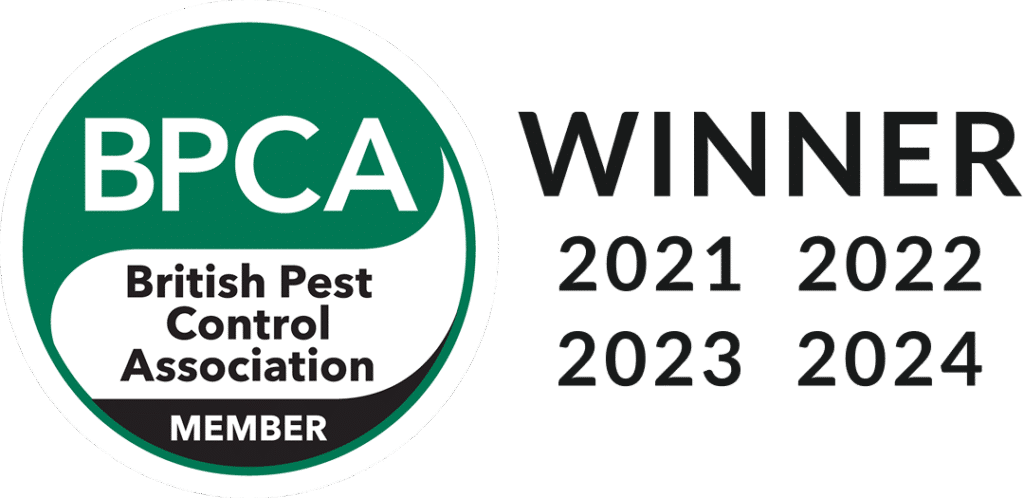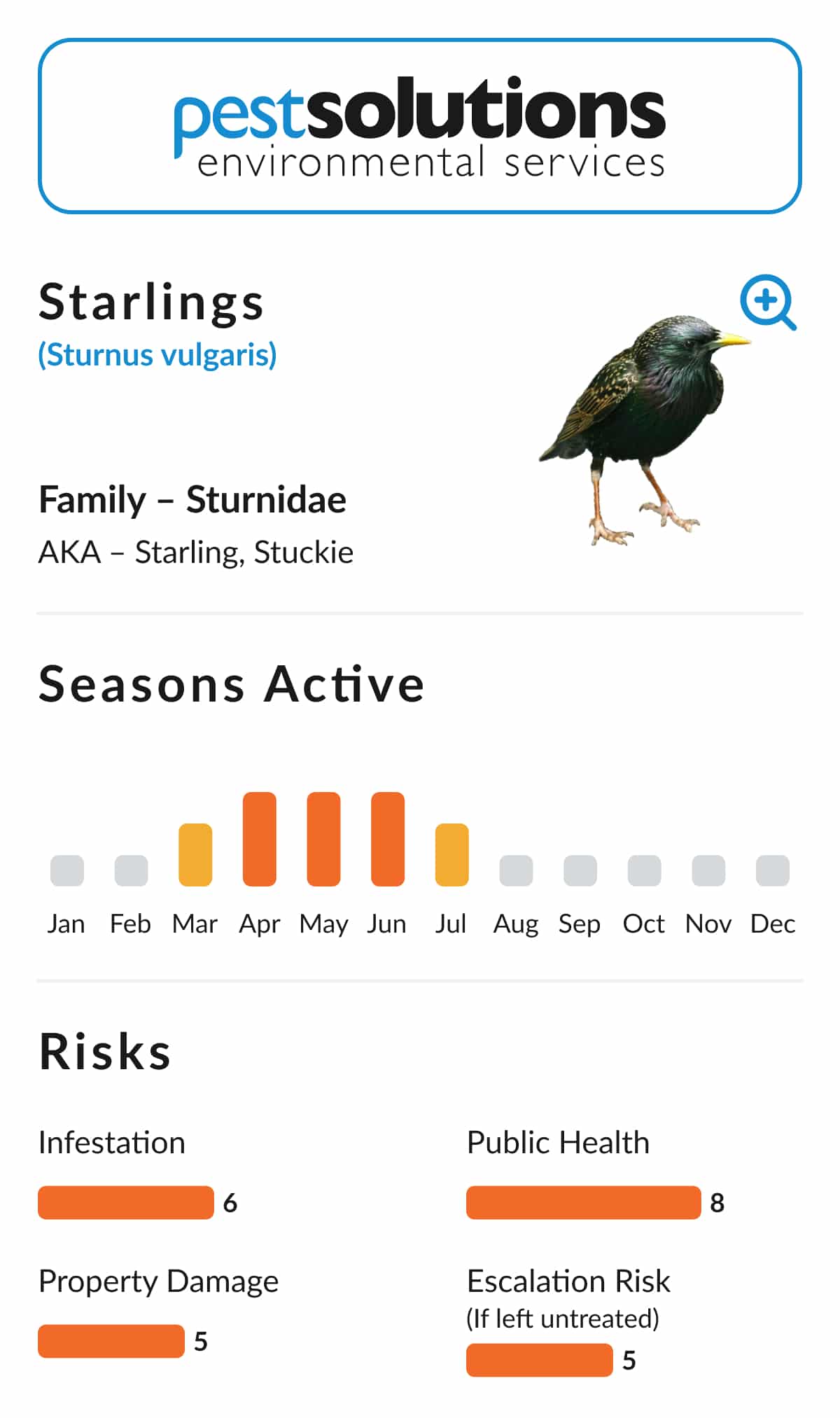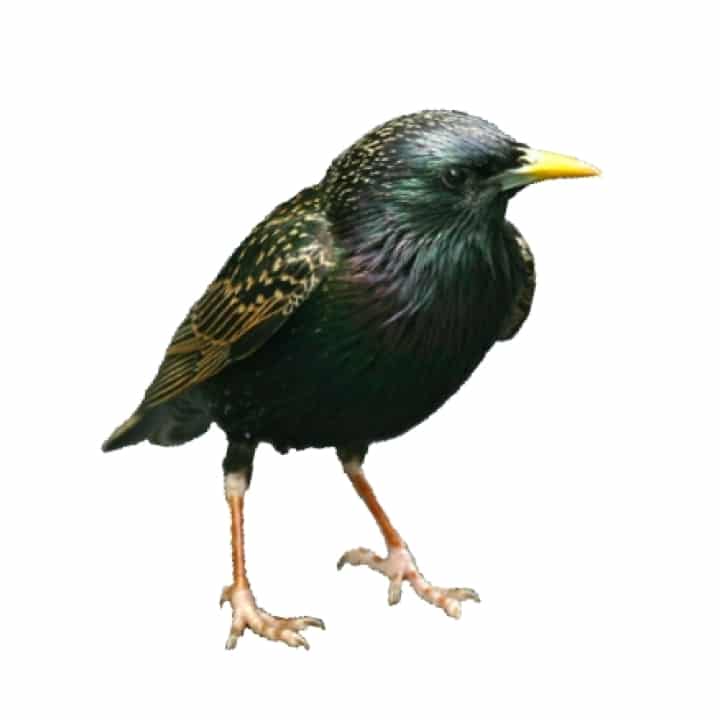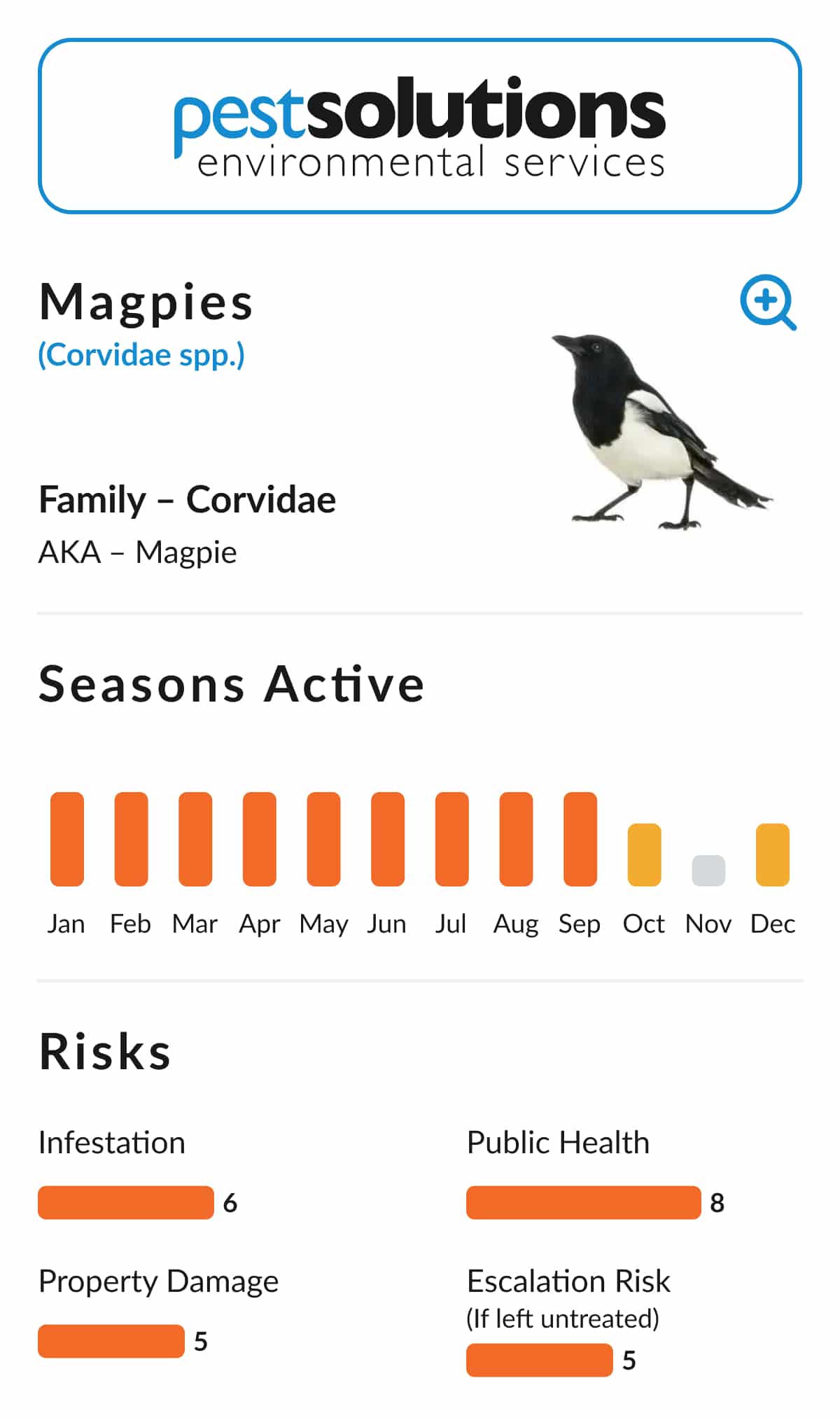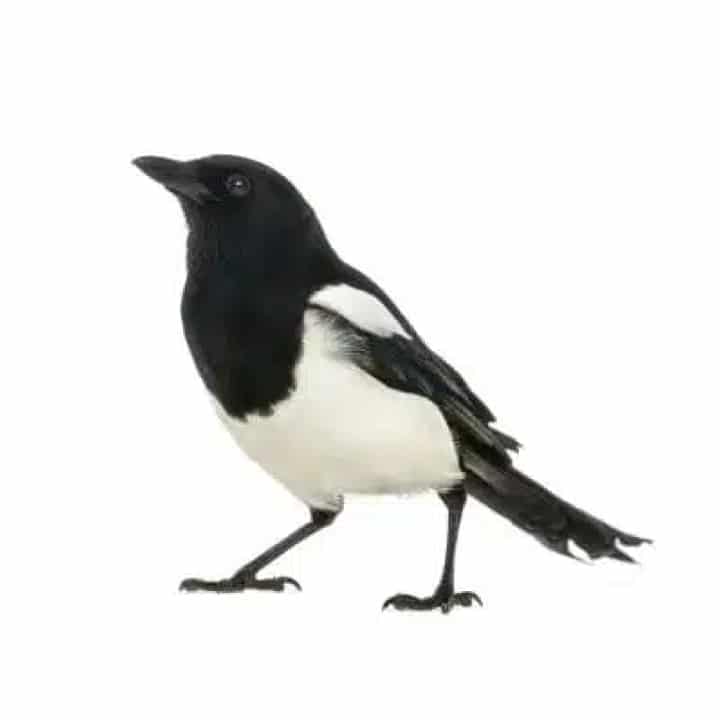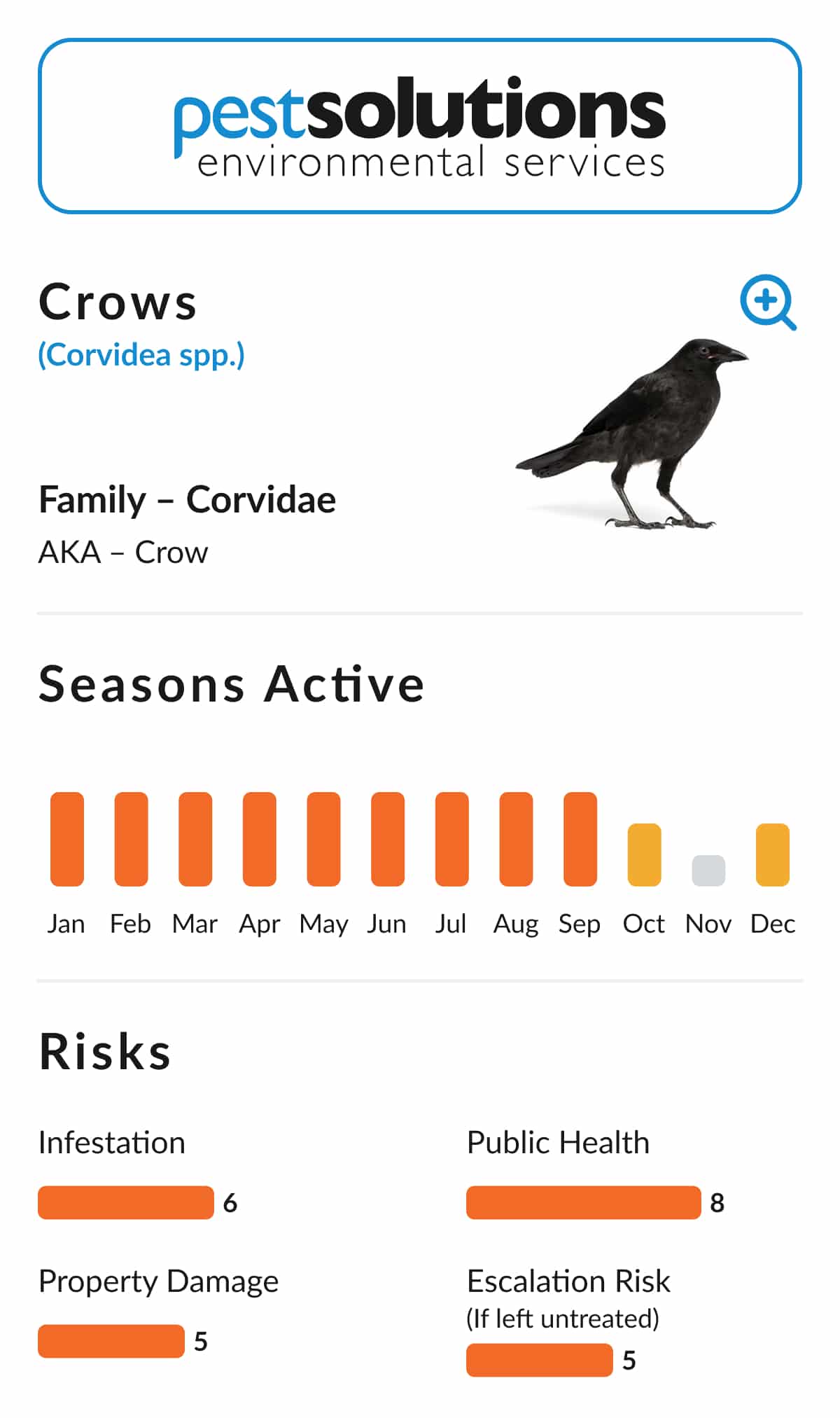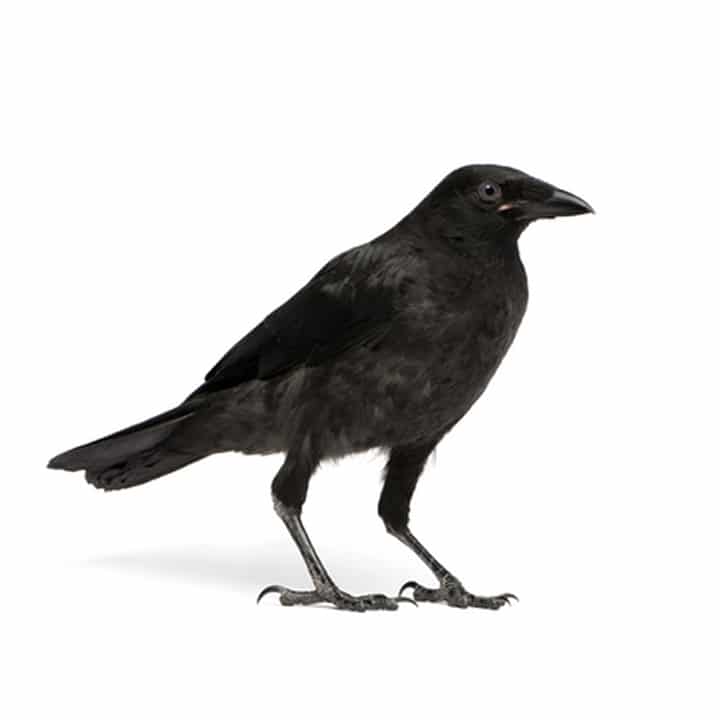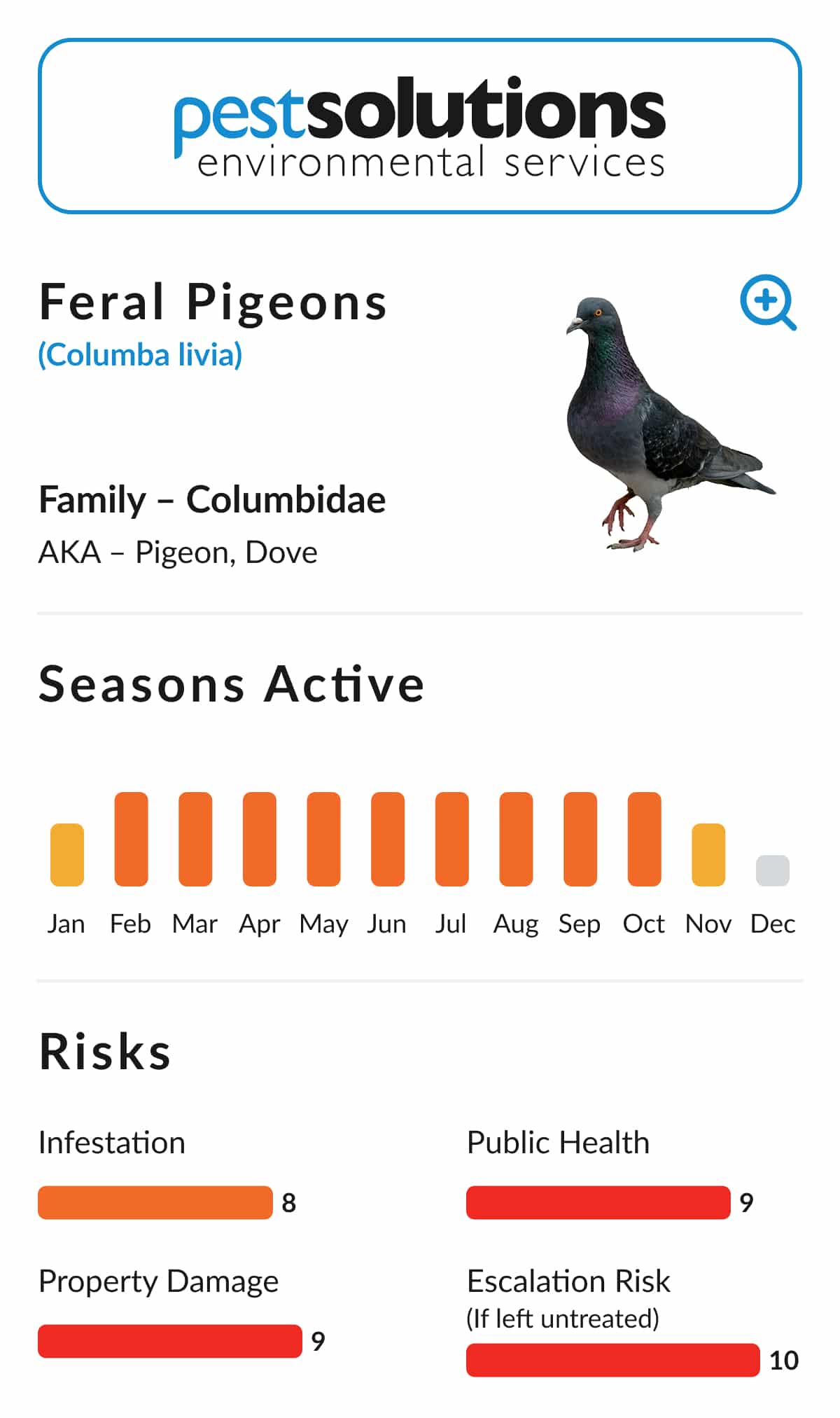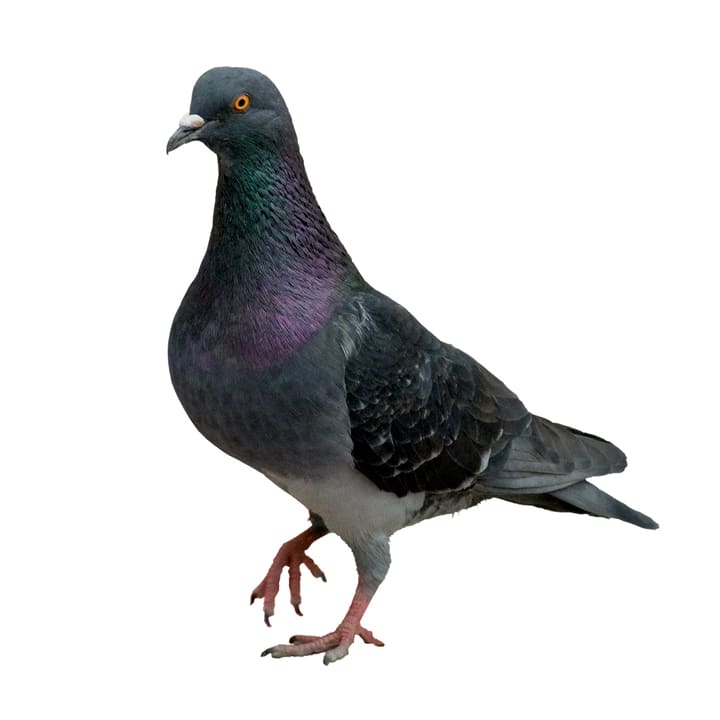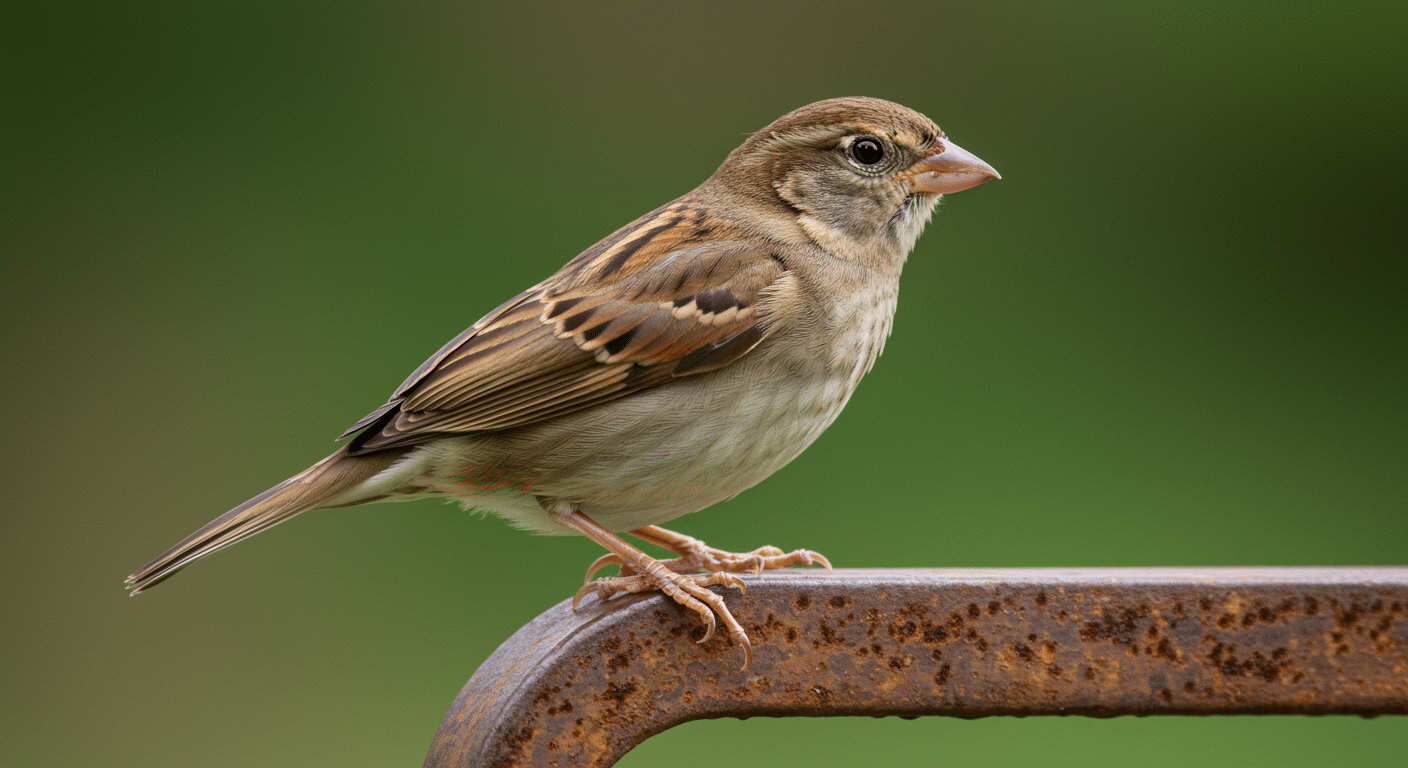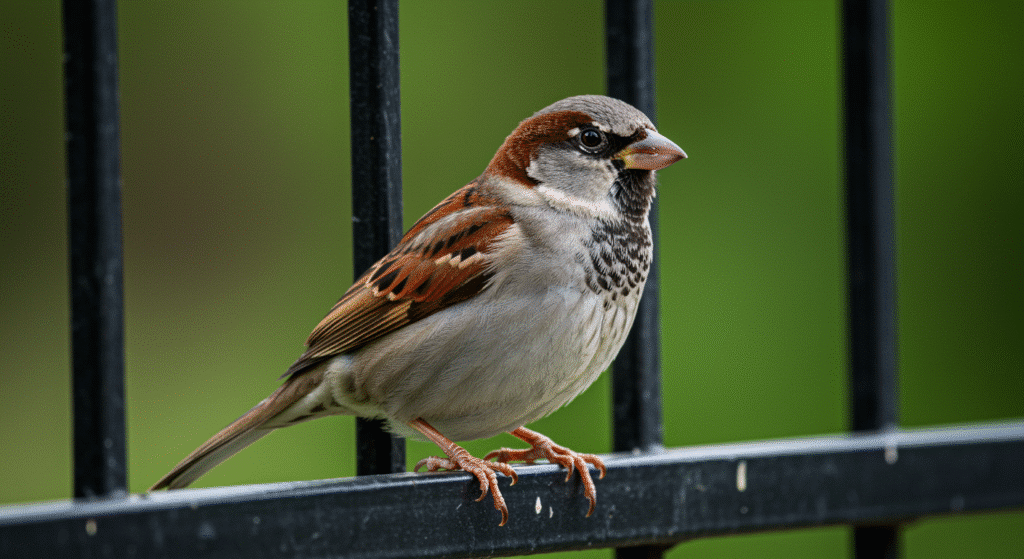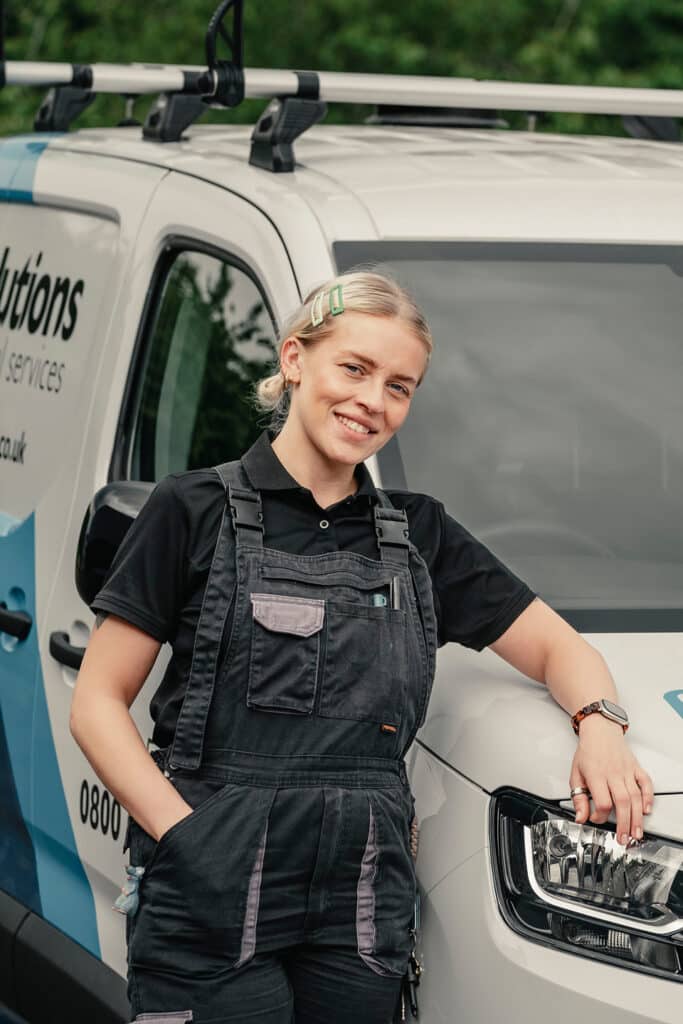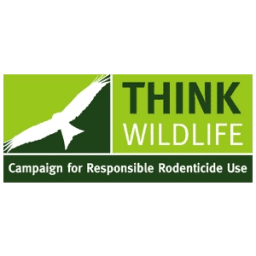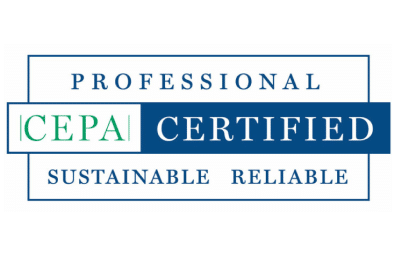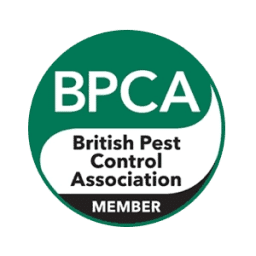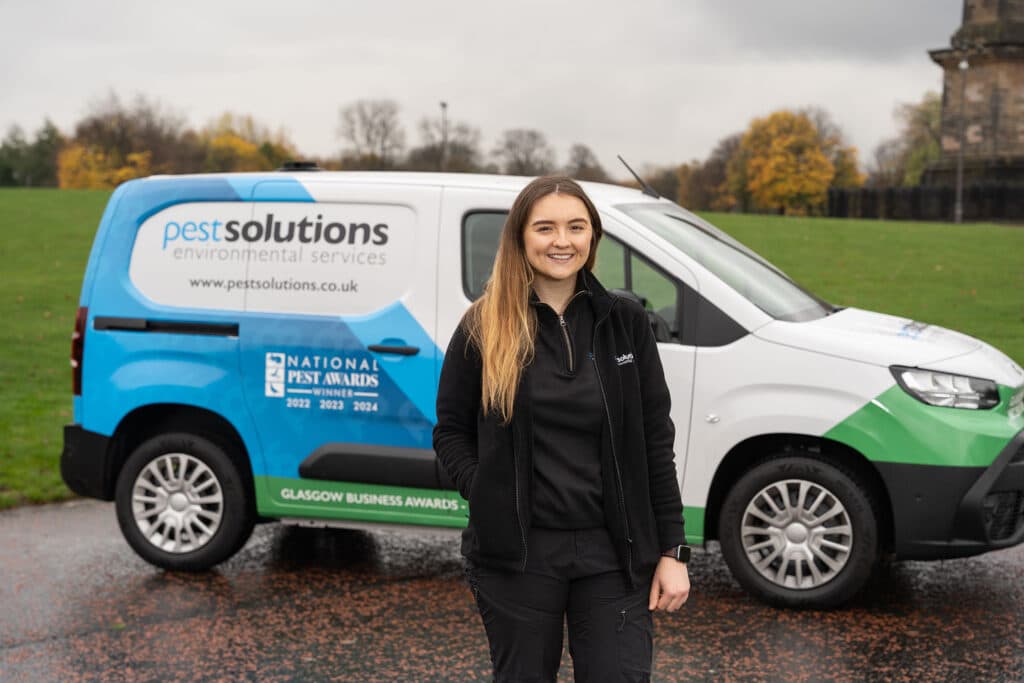The Key Facts About House Sparrows

The sound of a house sparrow’s call is familiar throughout the UK, being a distinctive, repetitive chirruping. Male sparrows call for a variety of reasons, from attracting a mate and communicating with their flock to establishing their dominance over a certain area. There is no particular rhythm to their cry, and it can be rather annoying if one is subjected to this noise for long periods of time. In cases where huge numbers of sparrows are present, they can collectively create an enormous amount of noise between them.
House sparrows can reproduce incredibly quickly. Each female will lay between 4 and 7 eggs up to 5 times a year, meaning they could potentially hatch around 25 chicks in the space of a single year. As an example of how quickly sparrow populations can grow, there were initially just 8 pairs of the birds imported to America in 1850, in an attempt to control linden moth larvae. Nowadays, they can be found in significant numbers across the entire continent.
Another key reason behind the evolutionary success of the house sparrow is that they can live virtually anywhere. They build nests in hedges, trees, and plenty of man-made buildings. It’s not unusual to find sparrow hedges inside sheds or holes in buildings. They prefer to live close to humans because they know we will provide them with an easy, dependable source of food. They are also fairly aggressive creatures and will force out any other birds from an area to monopolize on the food there.
House Sparrows (Passer domesticus): The Significance of Control
In agricultural areas, house sparrows can pose a significant threat to crops. Large flocks of the birds will eat any seeds and shoots that they can find, making sparrows the bane of many a farmer’s existence. This also means they can be a real nuisance in gardens, particularly during the spring when plants start to spring up.
The best way to control pest house sparrows is to stop them from accessing the affected areas in the first place, or else they will continue to return again and again. Since sparrows are remarkably small, they can fit into spaces that other bird species would not be able to reach. Conventional bird control methods like bird spikes are designed more for larger species, and hence sparrows will be able to slip through them. Effectively dealing with a house sparrow infestation thus requires a large amount of experience and expertise- and fortunately, Pest Solutions bring both of these attributes to the table.
Call Pest Solutions to Get Rid of That Pest Today!
Pest Solutions skilled BPCA accredited team of service experts and support staff are here 24/7 to assist in your Pest Control Management related concerns. Pest Solutions have many local offices throughout the UK enabling our highly knowledgeable service professionals in your town to respond rapidly to control those pest infestations.
To have a member of our Pest Control service team carry out a FREE survey or a service visit today phone 0800 027 2555. Find the details of your local Pest Solutions Branch here.
